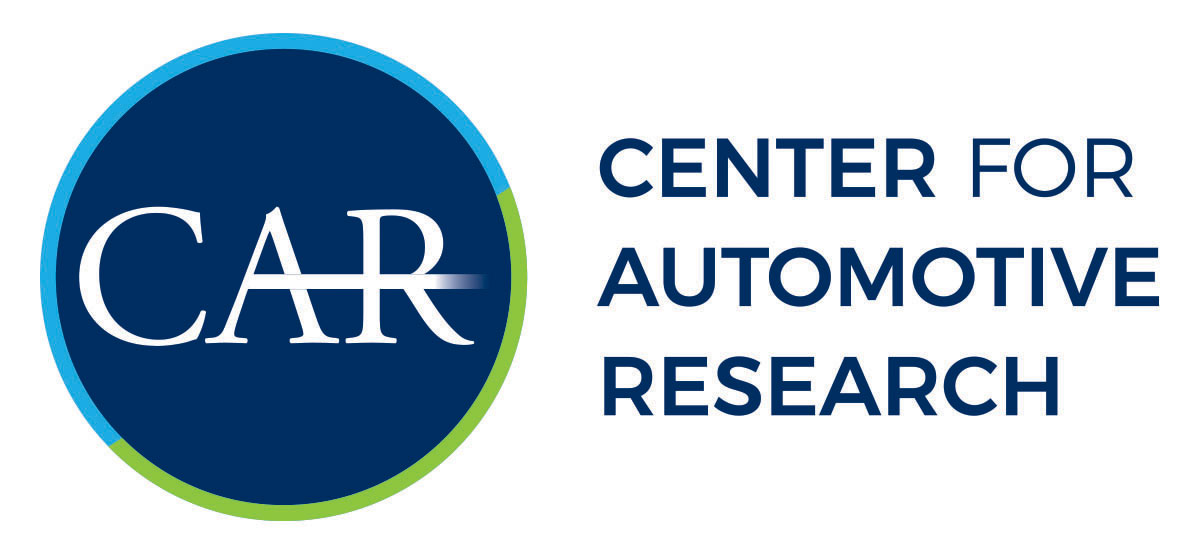Jun 1, 2011
This study conducted by the Center for Automotive Research (CAR) estimates the likely parameters of the U.S. motor vehicle market and industry in 2025. The first section discusses a general outlook for the U.S. motor vehicle market in the year 2025 based on long term social and economic factors. The second section of this study discusses the likely costs of higher fuel economy mandates to the American consumer of new light vehicles in 2025, in light of what is known by CAR regarding the potential for realistic technologies and their likely net costs to the consumer. This section also proposes four likely scenarios for fuel economy standards by 2025 (compared to 2009) and the types of fuel economy technologies that will be employed to meet those standards. The third section of this study analyzes how the impact of higher fuel economy costs, and likely costs of other federal mandates such as required safety features, will affect the U.S. motor vehicle market, production, and automotive manufacturing employment in the year 2025
May 1, 2011
Before the Great Recession, the auto industry in Indiana, Michigan and Ohio was in the throes of restructuring—applying new technologies and production efficiencies, reducing costs, and modifying product lines to equal or beat global competitors —accompanied by an extended period of downsizing. Overlaying the recession on the restructuring compounded the challenges the industry was already facing.
Mar 1, 2011
This study seeks to estimate the economic impact in 2010 of Toyota’s U.S. operations on the U.S. economy and 16 individual state economies. It finds that Toyota’s employment in the U.S. contributes to the support of more than 365,000 jobs nationally, and compensation of over $20 billion.
Jan 1, 2011
The purpose of this study is not to forecast sales of electric vehicles; rather, this study‘s aim is to estimate electric vehicle deployment by state. In order to create these estimates, CAR examined forecasts of total electric vehicle sales in the U.S. to generate a reasonable approximation of what electric vehicle sales might look like for the period 2012 to 2015. The national estimates used in this paper do not constitute a CAR forecast and only reflect projections that were available at the time of this study. In the study, Table 6 denotes the percentages used by CAR to divide national electric vehicle sales among states. With the state percentages, one could select any forecast and generate state-by-state results for that forecast.
Nov 1, 2010
In late 2008 and throughout much of 2009, the global economy was in recession and the world’s automotive industry was in crisis. In the United States, automotive sales plummeted to historically low levels, both automotive commercial and consumer credit availability contracted sharply, and critically, two major automotive manufacturers—General Motors and Chrysler—were on the brink of collapse.
Jul 1, 2010
smThe United States Department of Transportation (USDOT) has launched a national program to enhance vehicle transportation through the applications of communication technologies. This program, known as IntelliDriveSM (succeeding the USDOT’s VII, for Vehicle-Infrastructure Integration, program), targets safety, mobility, and environmental improvements through a combination of vehicle-to-vehicle and vehicle-to-infrastructure communications. Already, these technologies have been demonstrated in the State of Michigan and elsewhere. Led by the Michigan Department of Transportation (MDOT), Michigan has committed itself to playing a leadership role within the overall national IntelliDriveSM effort
Apr 1, 2010
The United States automotive industry is a critical component of economic growth with extensive interconnections across the industrial and cultural fabric of the U.S. This report outlines many known elements and highlights tremendously important associations beyond the market space of manufacturing. It touches on the following elements as they relate to the automotive industry: national and regional employment; research, development and innovation; state and local government revenues; foreign direct investment; education; health care; U.S. trade; and quality of life.
Jan 1, 2010
The Consumer Assistance to Recycle and Save (C.A.R.S.) Program, commonly called “Cash for Clunkers” (C4C), was a $3 billion government incentive to boost automotive industry sales that was in place July 24, 2009 through August 24, 2009. The program was widely hailed as a success since 677,081 individuals traded in their older and less fuel efficient vehicles for new vehicles. During this 32-day period, 2009 new vehicle sales peaked and, for the first time in a long time, the industry experienced the first signs of recovery. Aside from the potential environmental benefits associated with the program, the major purpose was to create jobs in the devastated automotive sector of the U.S. economy.
